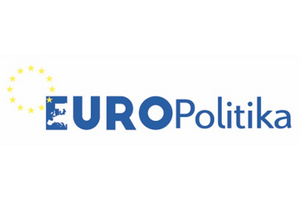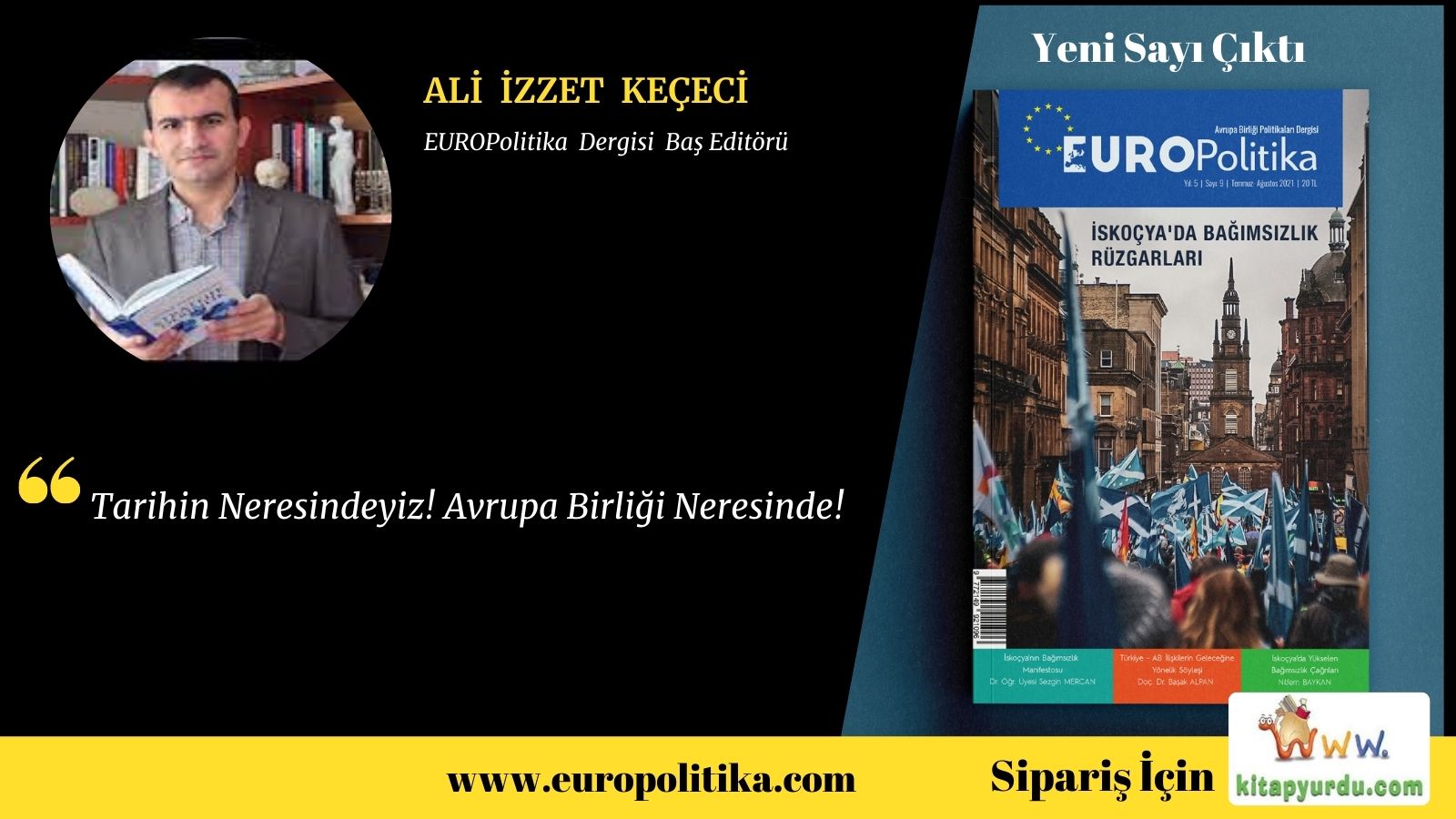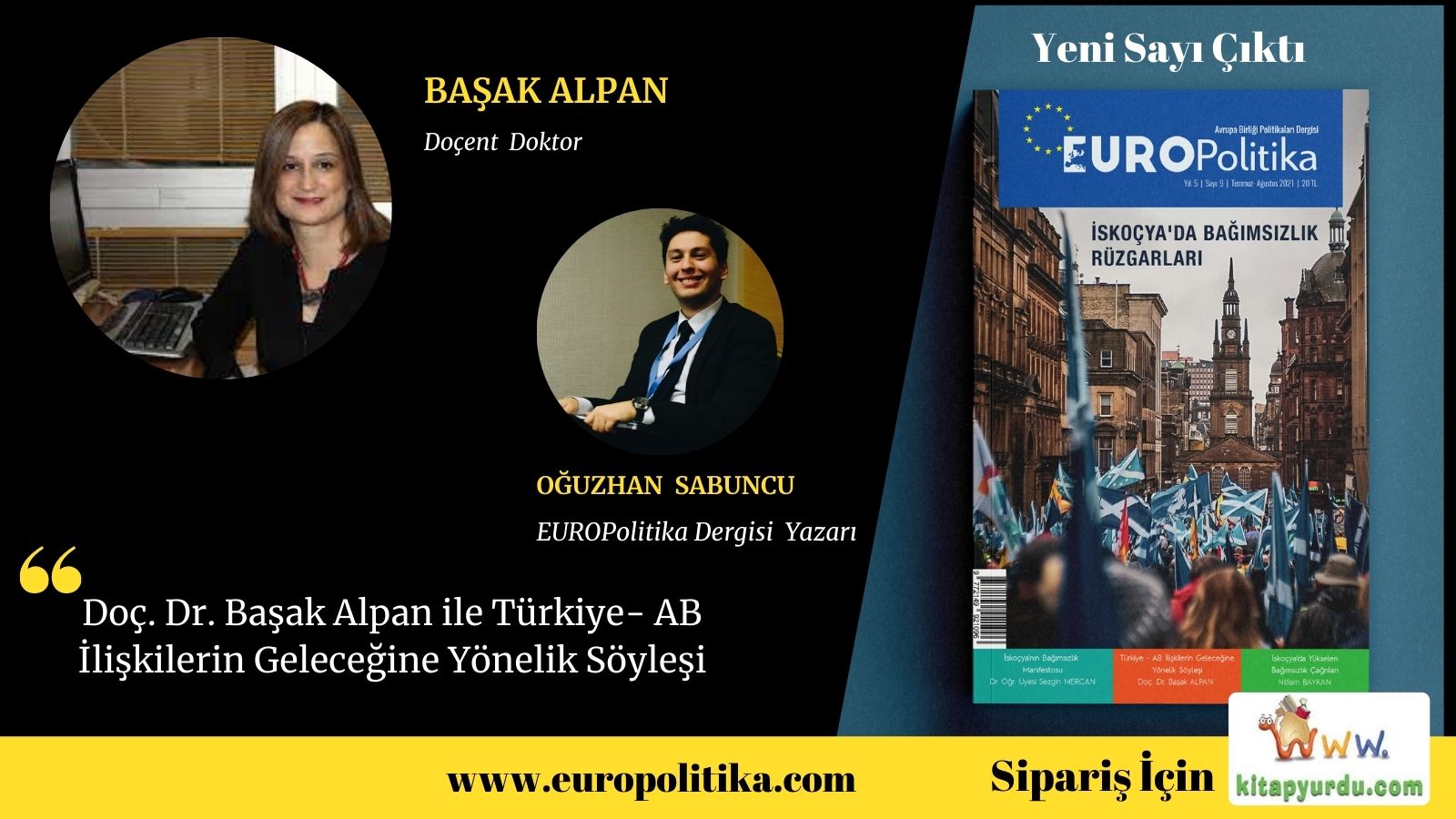Introduction
The victory of the Scottish National Party (SNP) after the election held in May poses questions for the U.K and for another old acquaintance: the EU. Since Nicola Sturgeon and Scottish Greens are determined to move Scotland back to the Union, substantial issues are waiting to be solved, such as the third requirement of Copenhagen Criteria and potential border adjustments. However, before moving on with the accession process, the principal hurdle SNP is confronting is the second independence vote which the UK has -so far- succeeded to resist. Hence, while the UK is trying to protect the integrity of the Kingdom, Sturgeon is seeking the perfect time to bring citizens to the ballot boxes. If both parties reach a consensus with regards to the future of Scotland, this also amounts to the zero-sum game in which one will consolidate the power she maintained, whereas the other will lose her credibility. Although Boris Johnson is ardently against such a referendum and is afraid of a similar trend that might occur in Northern Ireland, considering the potential triggering effect that may come off on the pro-independence movement, sometimes it is better to let it happen and hope for the best.
No Easy Way to Say Goodbye
Brexit was a break-up of a member who was never fully in. With over two thousand pages, both sides tried to prevent any possible train crash rather than designating the future of the partnership. In contrast to all the efforts for building a stable atmosphere, each side sometimes violated the agreement (for instance; the UK’s bid for extending the grace period and the EU’s attempt in undermining the peace process in Northern Ireland by triggering Article 16). Given the fact that the end of fifty years of membership turned into medieval torture, it will not be easy for Scotland which has been a part of Britain for 314 years.
Scotland already functions as a semi-independent state within the United Kingdom after legislative powers were given to Edinburgh in 1998 and followed up by more devolution of powers with the Scotland Act 2012 (Halls, 2012). Even though, the win for the “no” camp in 2014 independence referendum was a decisive blow to the pro-independence movement, Alex Salmond was right at one thing: the rise of SNP put a scare of enormous proportions at the heart of Westminster establishment. After all, in 2014, almost half of the population supported independence compared to 33 percent in early 2010s. (Ball, 2014). Although the worry over Scotland’s economic well-being in the possibility of independence cultivated more support for the anti-independence camp, Brexit and Nicola Sturgeon’s impressive management of the pandemic increased the support for the independence camp.
Though, polls before the election were indicating that the support for the SNP had been falling- albeit, from previously high levels, the party reached its fourth consecutive victory last month by winning 64 seats in the parliament – one more than in the 2016 election. Yet, it could not manage to secure knife-edge majority as the polls predicted. Scottish labor took 22 seats which is two down from the 2016 election results. The results denote that the Labor continues to be on the edge and its place is being taken down by the SNP and the Scottish Greens. Even though the party managed to become a party of Scotland during 1970s and 1990s by combining Scottish trade unions to fight for Scottish interests against Westminster and by achieving the greatest aim of Scotland: Holyrood, the mounting unpopularity of Tony Blair in London and the party’s choice to stand behind Westminster, made the SNP tempting for the working-class. Consequently, SNP became Scotland’s voice and an effective force against England.
Now, the SNP is waiting to hold another referendum for independence as soon as the COVID-19 crisis is over, but the Scots are currently split on this issue. According to a September analysis of recent polls, while more than 70 percent of Scots under the age of 35 think that Scotland should be independent, asset-owning older Scots strongly opposed the idea by stating that economic turmoil it might entail (Maxwell, 2021). In the meantime, the Conservatives, Lib Dems, and Labor have all opposed the plebiscite, expressing that Scotland’s focus should be on recovery from COVID-19. Moreover, Boris Johnson already suggested that another referendum should not be held for about decades. However, the constitutional union depends on the consent of the governed. If Mr. Johnson insists on not granting a fresh vote, it also means turning a voluntary union into a compulsory one as Ciaran Martin indicated in his recent analysis, which most likely will increase the support for the breakaway (Martin, 2021).
It is incontrovertible that a victory in a second referendum would lead Scotland to a chaos similar to the one which the U.K confronted in 2016. There are some technical and legal challenges analogic with Brexit for instance; access to fishing waters, the right to study and to work in one another’s territory and separating assets. Furthermore, unlike Brexit, Scotland needs to determine the future of oil and gas reserves and the fate of nuclear weapons. Considering Scotland and Britain are more interwoven than the U.K was into the EU; the SNP should seek a way to avoid the trauma that the U.K experienced.
Could Scotland End Up Back in the EU?
It is irrefutable that the Scots are more Europhile than the English, given that they voted 62% to 38% in favor of remaining in the EU. Before Brexit, a doctor in Dundee could easily identify herself as European, British, or Scottish at the same time and had the liberty to work in Barcelona as they did in Birmingham. Brexit took away the right of freedom of movement from the Scots along with the Erasmus program -which is significantly popular among Scottish students -despite the fact that they voted against it. The SNP, on the other hand, emphasized the importance of continuing EU membership during the first referendum, and now expresses its desire to return to the EU. This resulted in the worry over whether independent Scotland should reapply to the EU and how the EU would treat such an application.
In legal terms, as Barroso’s letter – which is now known as the Barroso Doctrine- to Lord Tugendhat confirmed that since Scotland became third country to the EU, she must apply to join to the EU under Article 49 TEU[1]. Although, it was debated during the 2014 referendum that whether Scotland should join the Union by amending the EU treaties under Article 48 TEU[2], after Brexit, such internal enlargement became impossible. (Salamone, 2020)However, Scotland was a part of the Union for nearly five decades, and it has a stable, advanced democracy and a functioning free-market economy, thus there is no doubt that it will meet the political and economic requirements of Copenhagen Criteria. The main focal point of Scotland after gaining independence would be to show the administrative and institutional capacity to perform the responsibilities of the membership. Even though there is a waiting line with regards to the Western Balkan Enlargement, scholars such as Kirsty Hughes and Tobias Lock stated that considering Scotland meets all the EU’s acquis ranging from Single Market to Common Foreign and Security Policy and Customs Union, the accession process might be completed within 3 or 4 years. (Hughes & Lock, 2017) Also, Brussels expert Anthony Salamone suggests that when Scotland becomes a member of the EU, it would be eligible to be represented by 14 MEPs in the European Parliament similar to Denmark, Finland, and Slovakia (Nutt, 2020)
References
[1] Article 49 TEU: https://eur-lex.europa.eu/legal-content/EN/TXT/?uri=CELEX%3A12016M049
[2] Article 48 TEU: https://eur-lex.europa.eu/legal-content/EN/TXT/?uri=CELEX%3A12008M048









